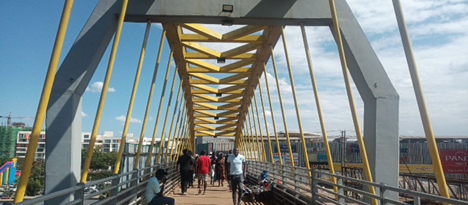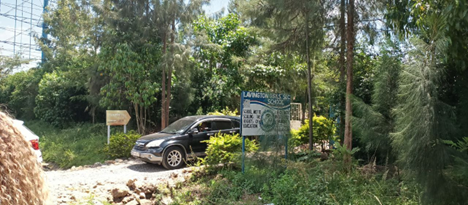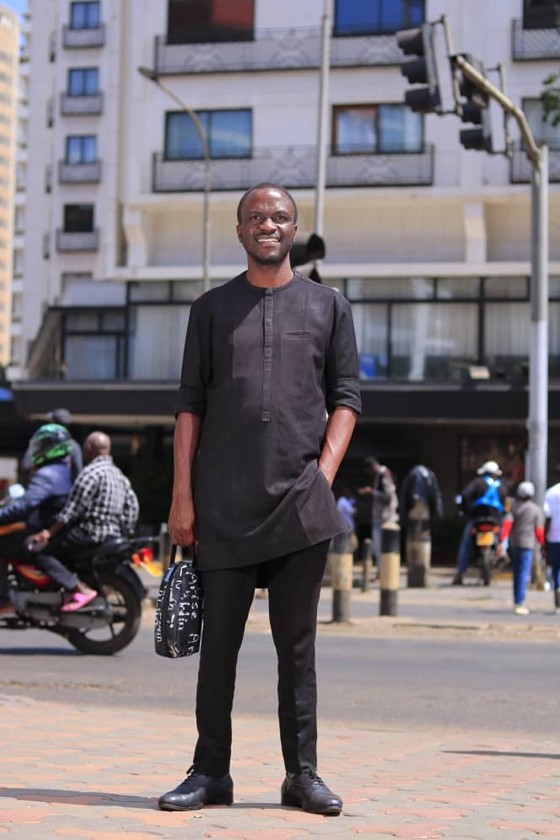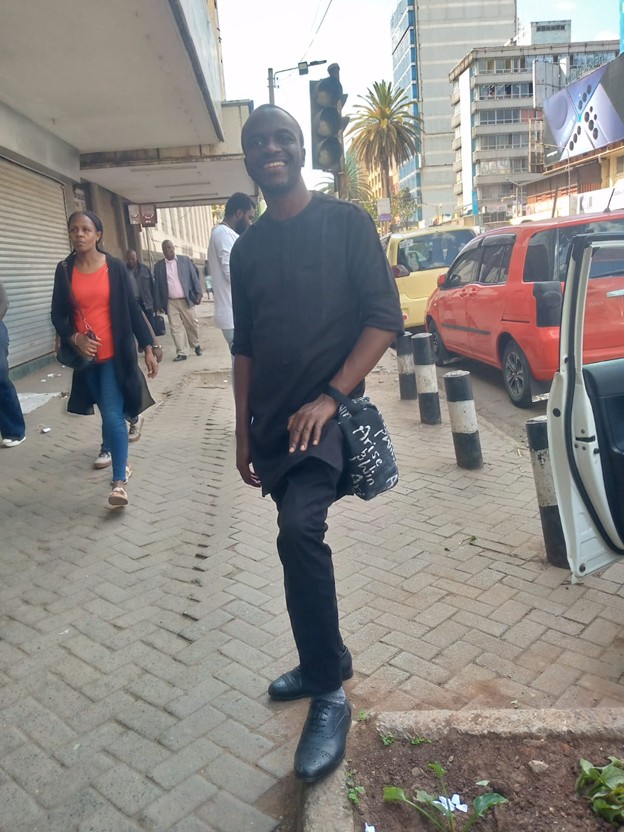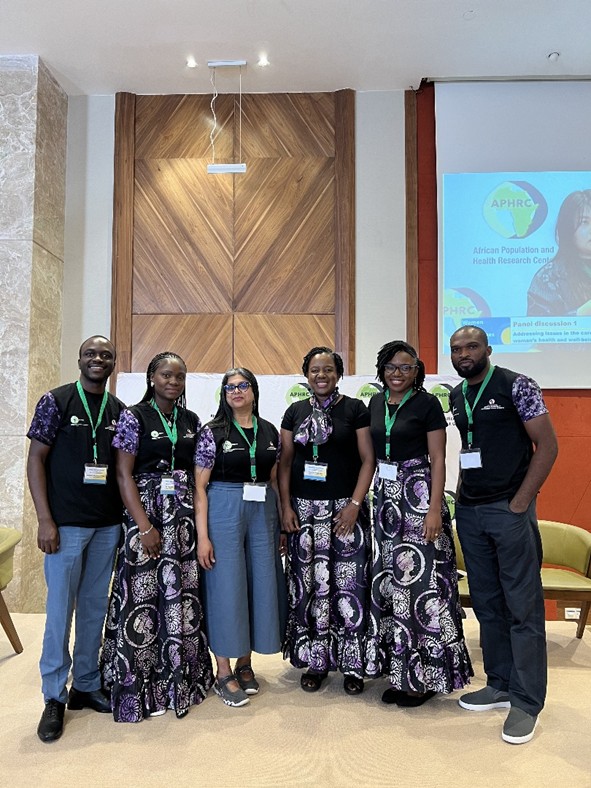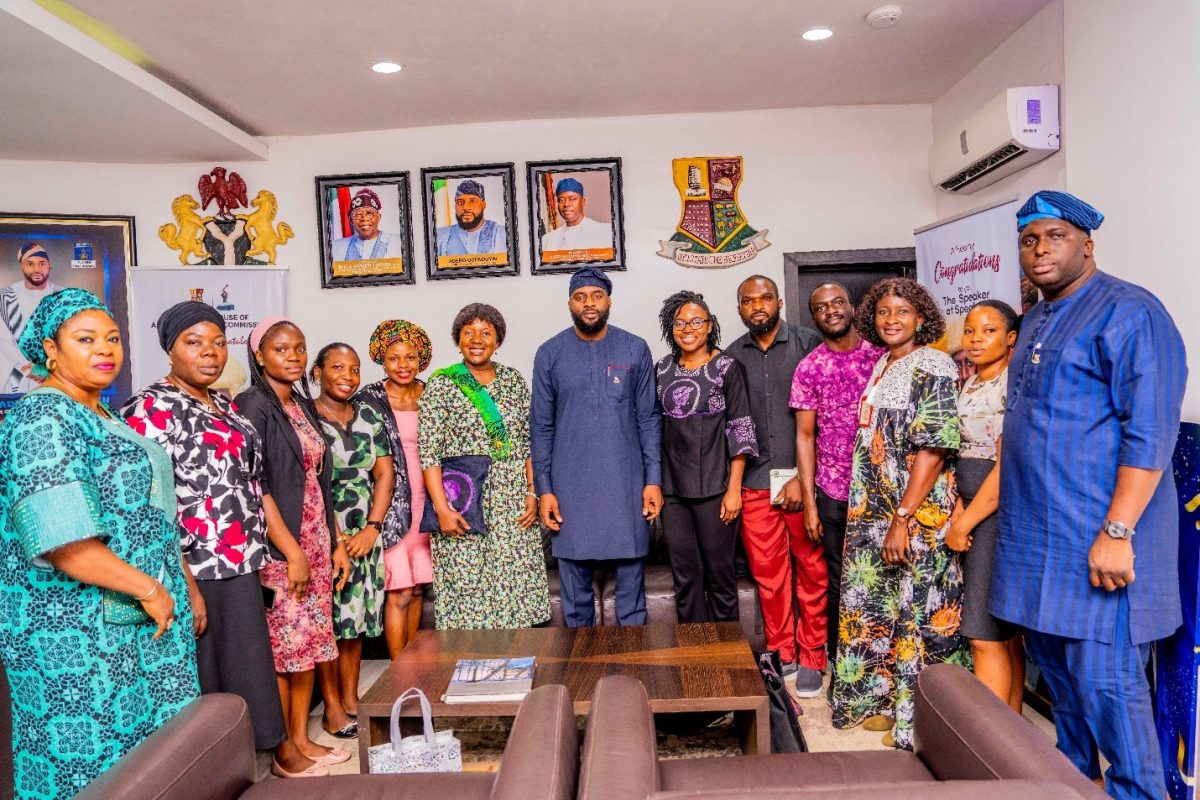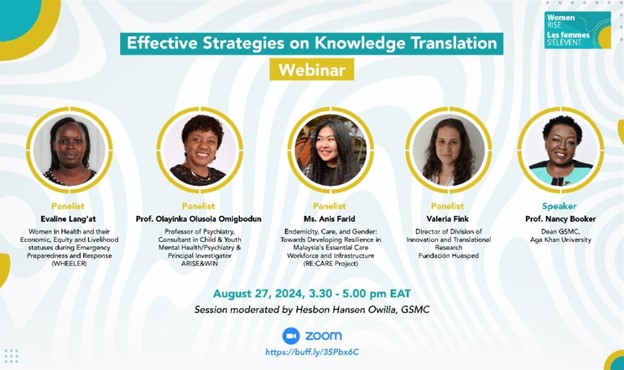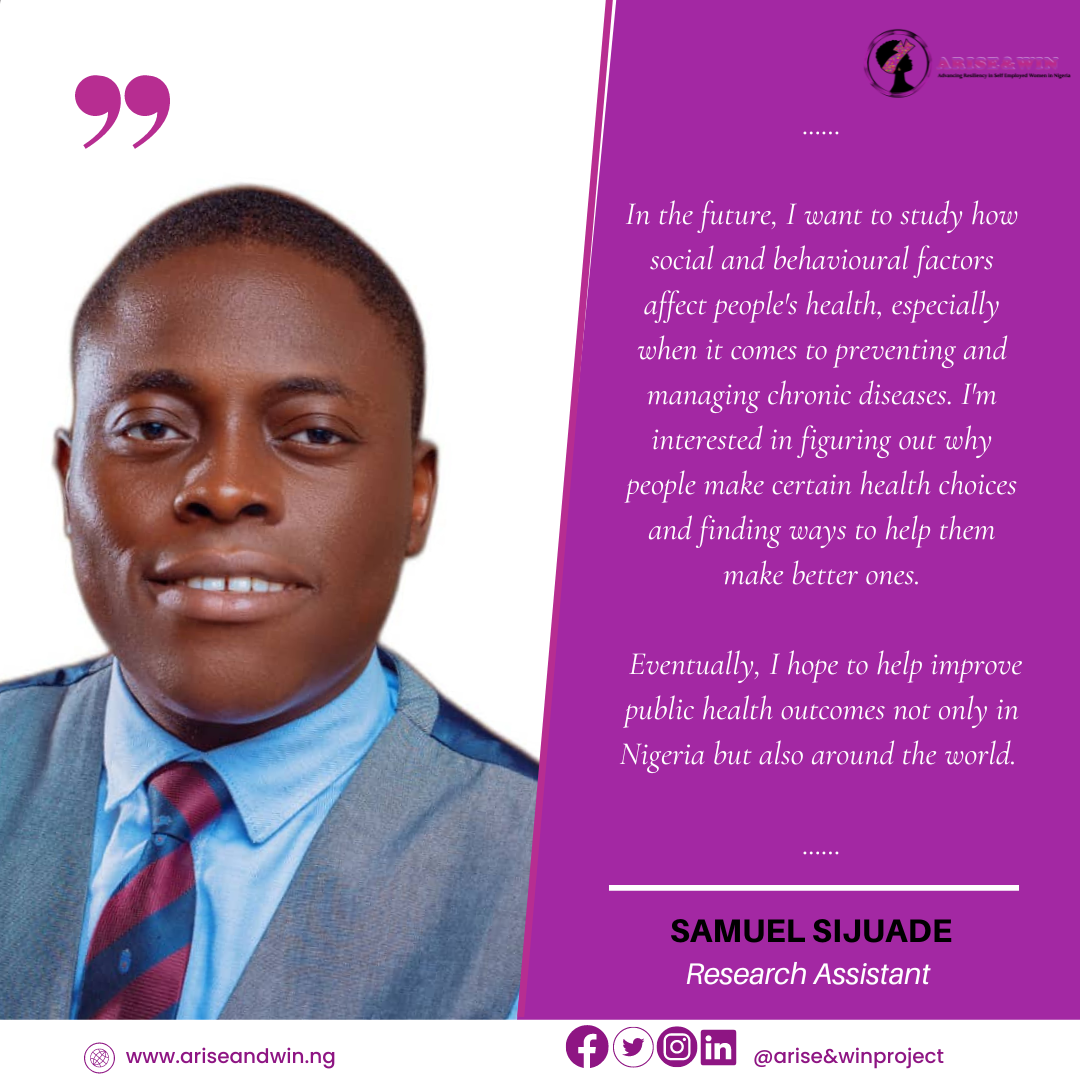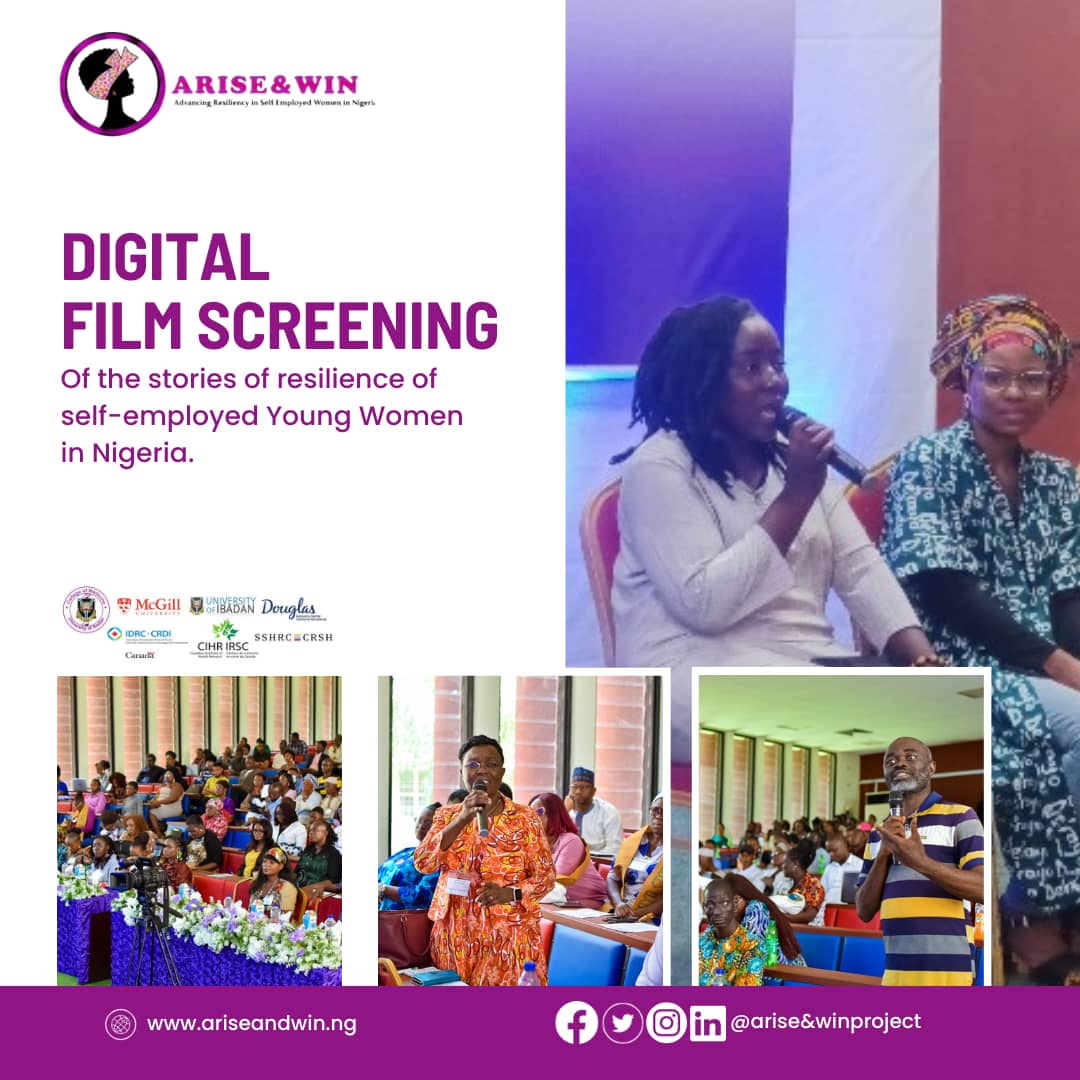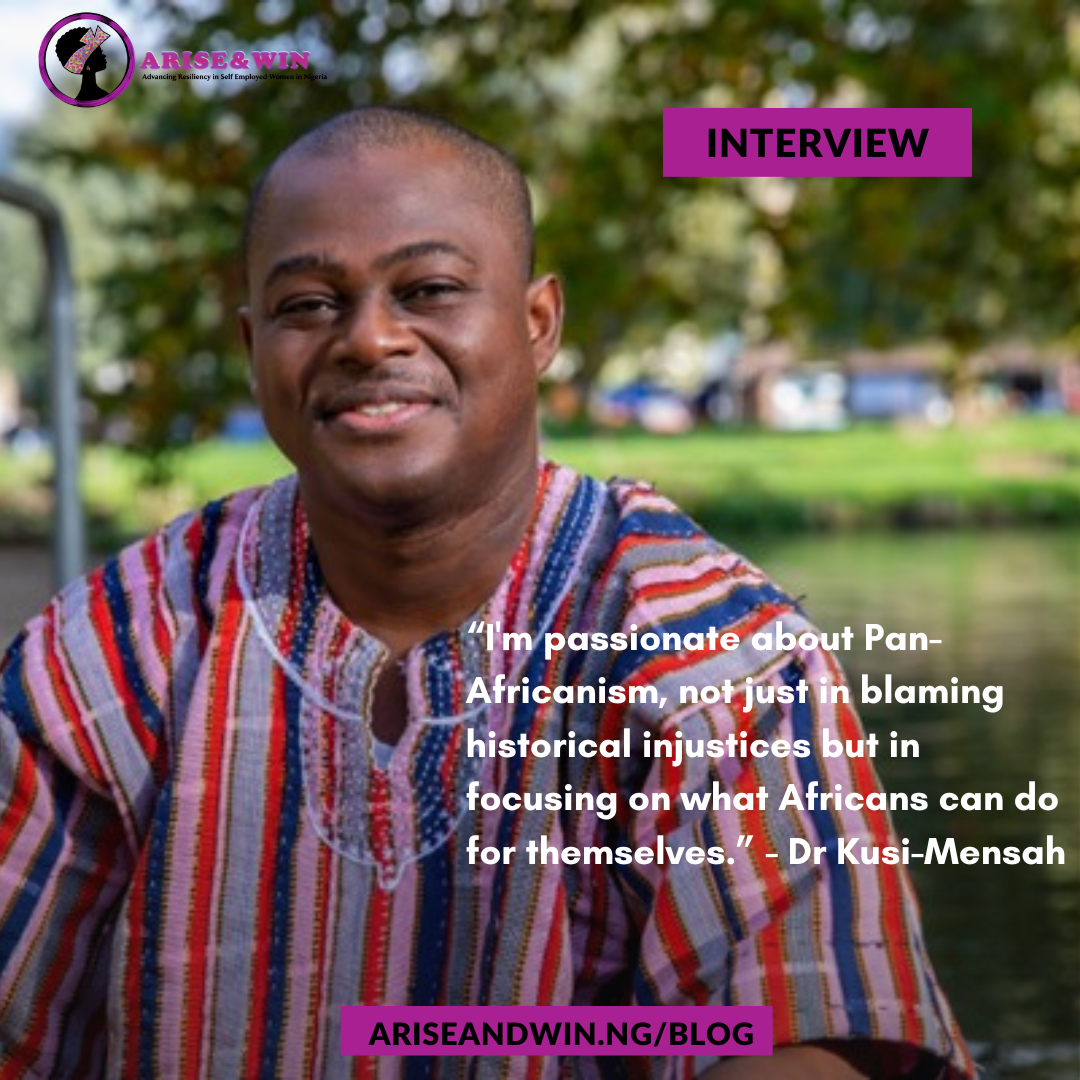February, 2025.
I have to start with a confession: I loved my stay in Kenya!
So, I am reflecting on my two weeks in Nairobi from that stated bias. Travelling to Kenya was an opportunity to finally see a world I had only seen through the eyes of Ngugi Wa Thiong’o. I hope I do not sound immodest to say I have read all his fictional works. Ngugi painted Kenya as a land of resistance and resilience where history hums beneath everyday life. I had walked through the pages of his books imagining the tension between the past and the present, the rural and the urban, the personal and the political. Being in Kenya felt like stepping into a familiar yet vivid world. A place that was once confined to my imagination was now alive with colours, sounds, and conversations – and I was desperate to take it all in.
My daily reports about my participation in the African Population and Health Research Center (APHRC)-organised Scientific Writing Workshop were often punctuated by repeated expressions of gratitude to the Principal Investigator. It was a gratitude that felt too vast for mere words because I didn’t know how best to situate it in my arc of becoming. Many times, when I am away from home, I become homesick after three to four days. But Nairobi felt like home. I have experienced the elegance of Cape Town, glimpsed the relics of Lagos on the streets of Addis Ababa, felt the quiet charm of Lomé, walked the serene paths of Porto-Novo, traced the gentle rhythm of Accra, and stood in the layered silence of Casablanca. But Nairobi was like bringing Lagos and London to me in a way I think of both as home. However, it wasn’t just about the Scientific Writing Workshop which I will get to in a bit.
I visited Nairobi as part of the Advancing Resiliency in Self-employed young Women in Nigeria (ARISE&WIN) Project team, participating in the WomenRISE Initiative End-of-Project meeting held from February 3–5, 2025, at the Ole-Sereni Hotel, Nairobi, Kenya. The ARISE&WIN team delegation included the Principal Investigator, Professor Olayinka Omigbodun FAS; the Co-Principal Investigator, Professor Srividya Iyer; the Lead Postdoctoral Fellow, Dr. Iyeyinka Kusi-Mensah; a Postdoctoral Fellow, Dr. Opeyemi Ajibola; the Programme Coordinator, Mr. Timothy Ibe, and me — the Communications and Research Uptake Manager.
A close look at our room in Ole-Sereni Hotel, Nairobi. It’s a beautiful hotel.
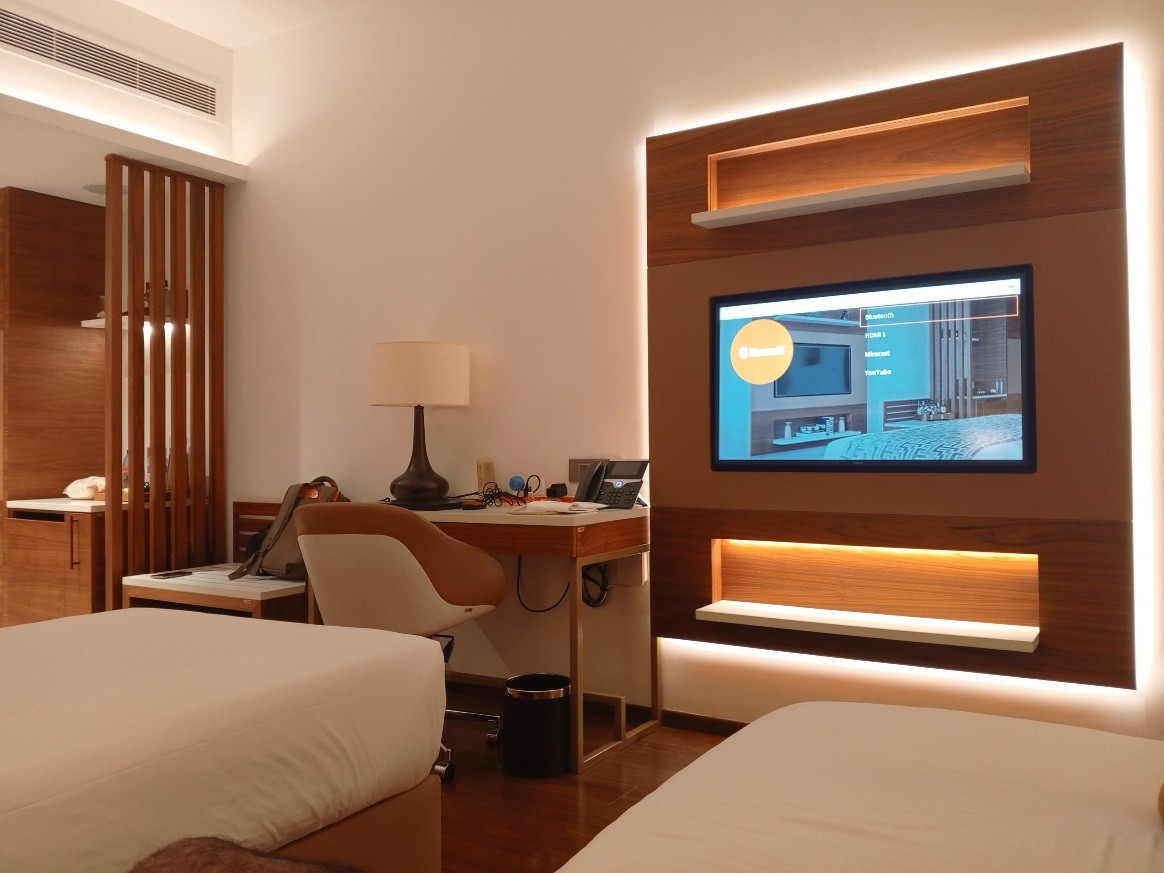
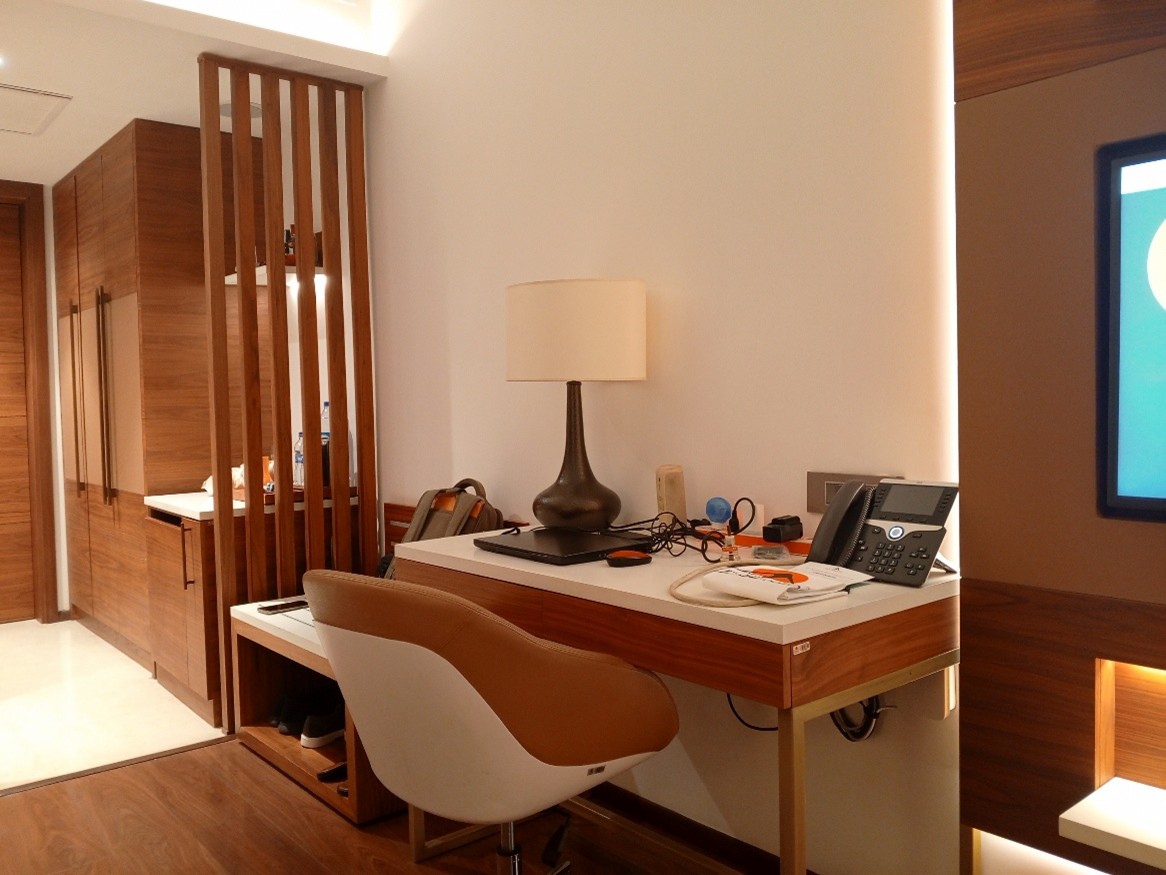
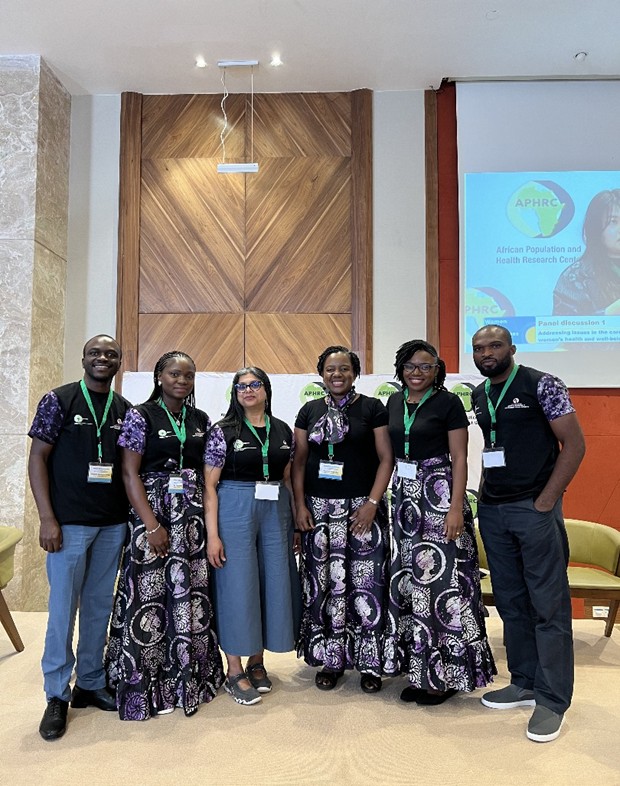
The WomenRISE (research to support Women’s health and economic empowerment for a COVID-19 Recovery that is Inclusive, Sustainable and Equitable) Initiative is a global research effort aimed at understanding and addressing the connection between women’s health and their paid or unpaid work, especially during crises like the COVID-19 pandemic.
Over the past three years, the initiative has supported action-focused, gender-transformative research. To achieve its goals, WomenRISE funded 23 research teams working across Africa, Latin America, and Asia, working in collaboration with Canadian institutions. Each team includes a Principal Investigator from a low- or middle-income country, a Co-Principal Investigator based in Canada, and at least one Decision-maker as a Co-Principal Investigator. The African Population and Health Research Center (APHRC), a health policy and research organisation, supports the initiative by promoting knowledge sharing, building capacity, and fostering collaboration among the research teams. APHRC also ensures that research evidence is integrated into gender-transformative policies, programmes, and practices.
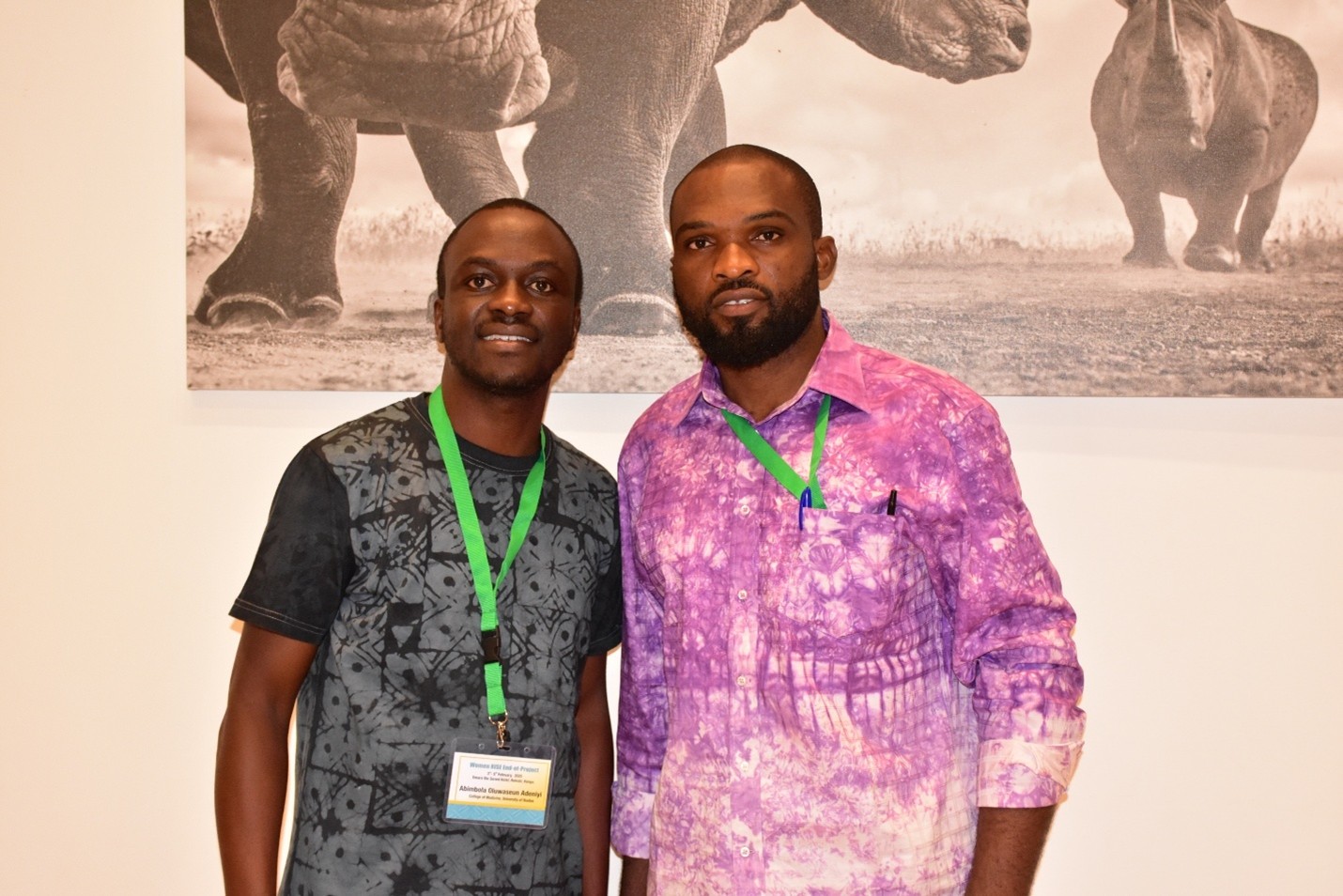
The End-of-Project meeting, held in Nairobi, Kenya, marked the conclusion of these collaborative research efforts. This high-level event brought together 120 researchers, policymakers, and global health experts from 16 countries to discuss how women’s health and work intersect, with a particular focus on preparing for and recovering from crises.
I thoroughly enjoyed the three-day event, not just for the discussions and insights but for the little moments in between. I was particularly inspired by the presentation of our Lead Postdoctoral Fellow, Dr. Iyeyinka Kusi-Mensah, on Day 2. Her depth of analysis and the clarity with which she discussed the findings for our project left an impression in the room. I had captured the details of her presentation in our report here, but beyond that, I found myself drawn to the quiet choreography of the event. I was interested in the things that wouldn’t necessarily make it to the centre stage. The whispered exchanges between colleagues catching up on shared passion for research and policy change. The detailed logistics that ensured smooth transitions from one session to another. The body language of those who had more to say but held back. I was captivated by how our people struck conversations, and the way familiarity and intellectual curiosity blended effortlessly in the interactions around me.

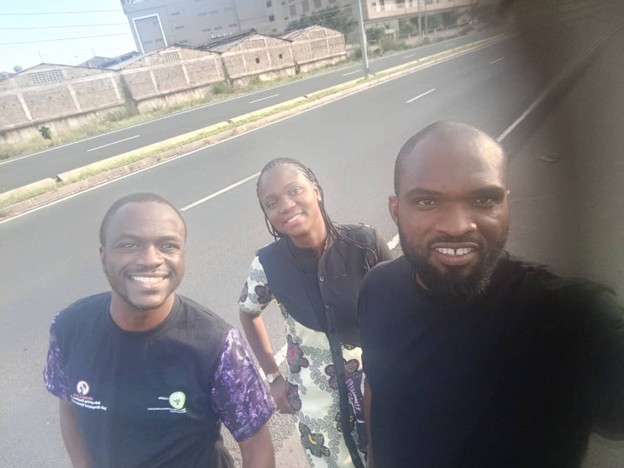
A great highlight of my time in Nairobi was getting to discuss with my colleagues beyond the confines of work. In particular, I had the opportunity to spend time with the Programme Coordinator, Mr. Timothy Ibe, who shared a room with me. Work trips often provide rare moments of camaraderie, where the weight of deadlines is momentarily set aside, and one gets to know a colleague beyond their professional persona. On Day 2, after the event, we went for a walk. We took in the Nairobi air, soaked in the sights, and talked about everything and nothing in particular, save for the friendly nags of Opeyemi about our postgraduate research plans. The last day of the meeting was another memorable experience, as Timothy, Opeyemi, and I took a trip to Ulwazi Place. It was a place that both Prof. Omigbodun and Mr Ibe had spoken highly of, and since I was going to be there the next day for the Scientific Writing Workshop, visiting it ahead of time was more of a treat for Opeyemi, who was leaving Nairobi soon, as it was a chance to share in something special before departure.
Moving to the Ulwazi Place by Trianum…
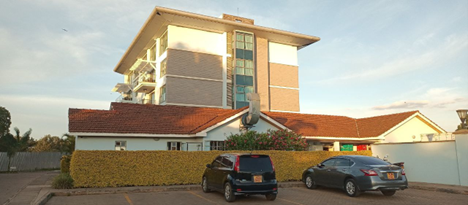
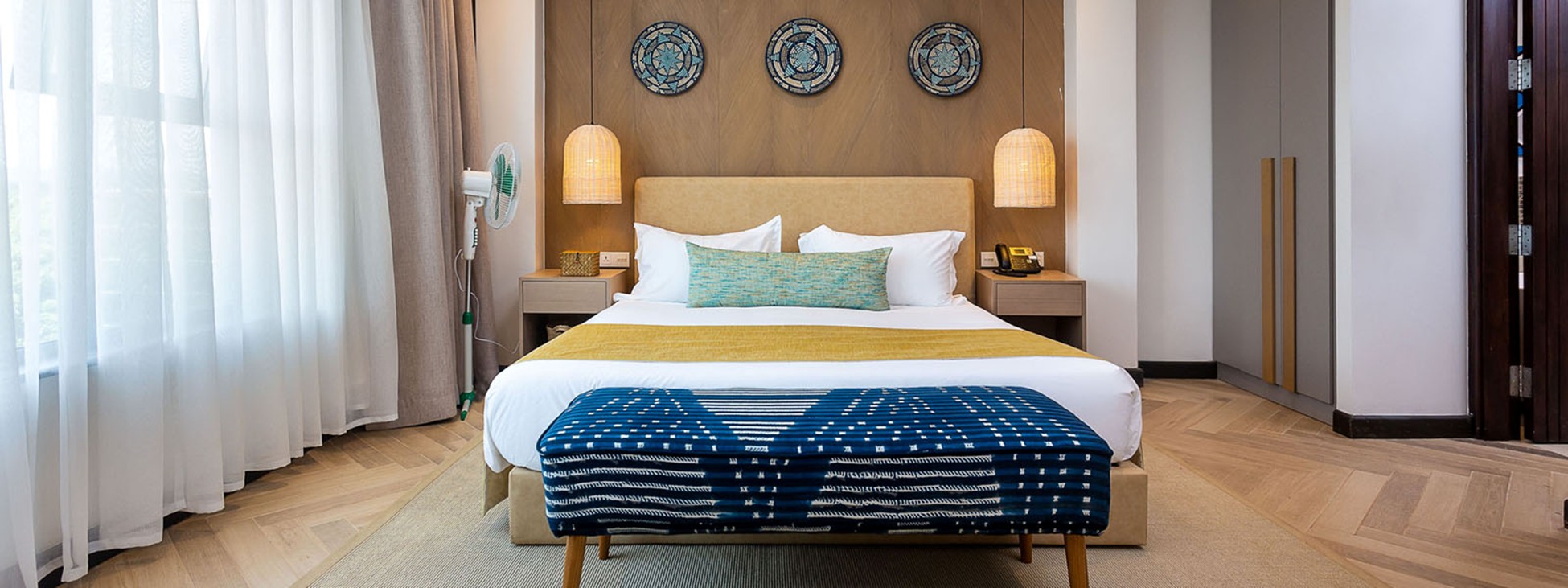
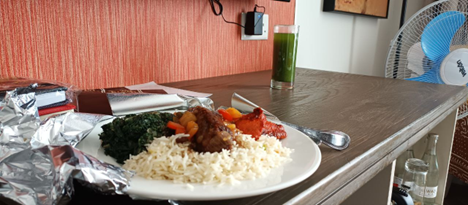

The Scientific Writing Workshop by APHRC…
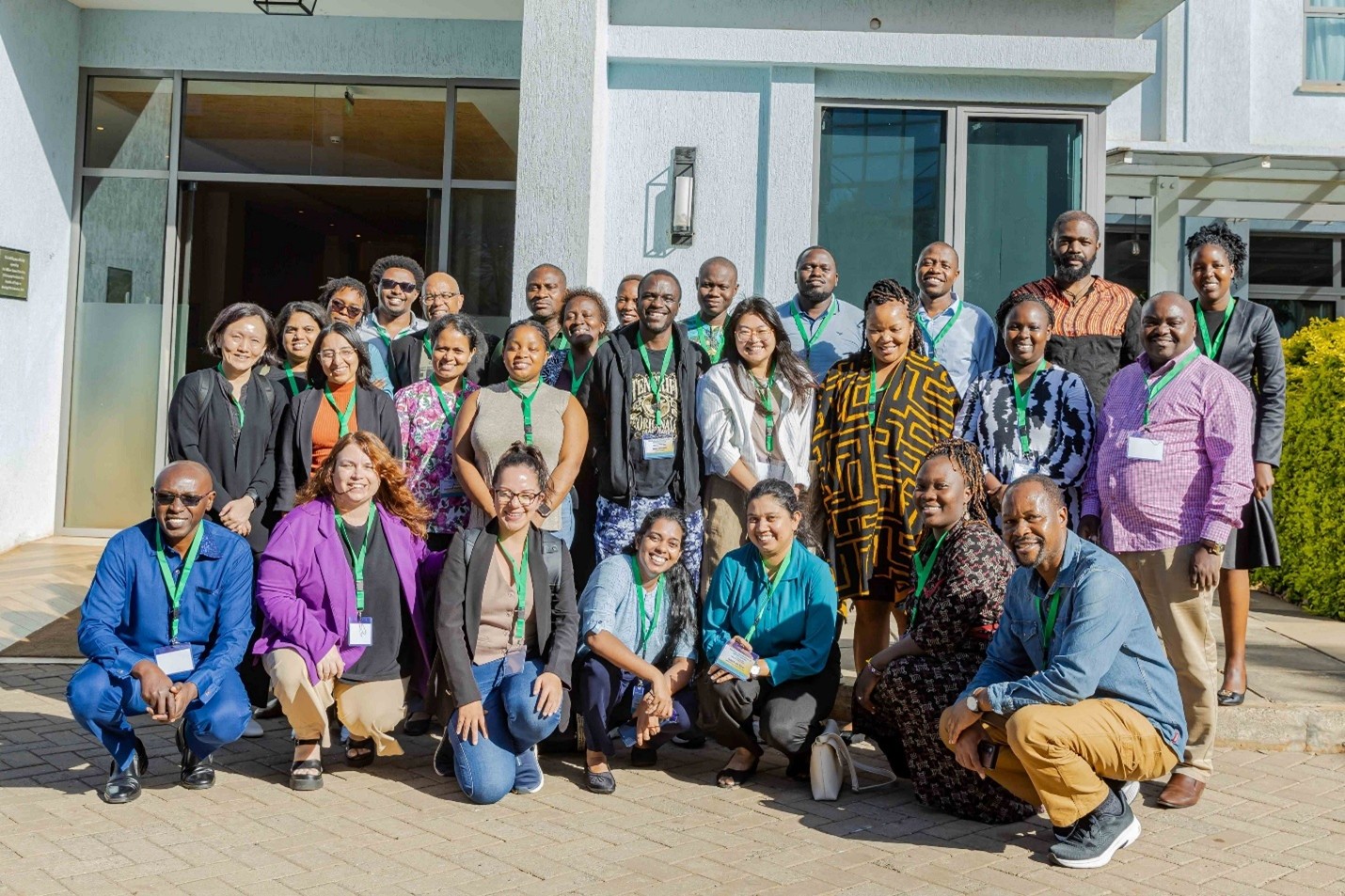
The Scientific Writing Workshop which took place from February 7th-13th, 2025 at Ulwazi Place was organised by APHRC. The African Population and Health Research Center (APHRC) is a formidable institution and one, I came to realise, that not only excels in research but also in the meticulous art of passing knowledge forward. During the training, I had the privilege of experiencing firsthand the depth of their expertise, the warmth of their mentorship, and the precision with which they worked with all participants.
From the first day, it was evident that the facilitators were masters of their craft. I found myself deeply admiring their ability to impart complex methodologies with remarkable clarity. I remember referring to Hesborn as a silent killer—a moniker that, in the best sense, encapsulated the way he and his colleagues quietly but effectively transferred knowledge. It was without theatrics or unnecessary verbosity. They guided us through the intricacies of scientific writing with enviable precision, leaving us sharper, more refined, and more confident in our abilities. Each day was a blend of structured learning and organic collaboration. We looked at the various aspects of scientific writing: crafting introductions, dissecting methods (quantitative, qualitative and mixed methods), writing discussions and conclusions, and even crafting titles and abstracts. In between the lectures, we worked on our individual papers, received pointed feedback, and huddled in groups to sharpen our arguments and polish our narratives. I was particularly excited when my paper was selected for critique by my group. What followed was a process of refinement that strengthened my ability to communicate research findings effectively.

We did not just passively listen; we engaged, questioned, and reshaped our own work under the careful guidance of subject matter experts. I did look beyond the intellectual rigour and saw how the workshop was a melting pot of collaborations. It was inspiring to see representatives from various projects come together to talk about their individual research and commitment to impactful scholarship. And that was a signaled idea for each day, the silent fact that the writing workshop was not just about clarity and structure. To a degree, it was also about purpose. For me and the kind of research our team has embarked on, it was also about ensuring that research findings do not remain buried in academic archives but are disseminated in ways that inform, influence, and inspire action. This is what has made our research approach so remarkable: that abiding confidence that I am part of something beautiful and that I am being equipped to be a better translator of knowledge, to bridge the gap between research and real-world impact.
That’s why as I left the workshop, I carried with me not just refined drafts and structured outlines, but also a renewed sense of purpose. I am also hopeful that the friendships I formed over that week will undoubtedly extend beyond the workshop. I (sort of) left feeling part of a larger, vibrant network of thinkers and changemakers. I sincerely hope that is going to be true.
Walking the Streets of Nairobi…
I couldn’t leave Kenya without seeing it beyond the comfort of my hotels. Each trip, I struck up conversations with Uber drivers. We’d talk about Nigerians and their reputation in Kenya, and I often found myself explaining what it means to be Nigerian. But my eyes were always on the streets.
I remember the Thika Road Superhighway. It was wide and busy, reminding me of the roads and stores on the mainland in Lagos.
On both Sundays, I attended Mavuno Church in Lavington, then headed to Kimathi Street for lunch at a friend’s favourite spot, City Star Restaurant.
Kimathi Street is one of the busiest and most vibrant streets in Nairobi’s Central Business District (CBD). It’s lined with restaurants, shops, and offices, the street buzzes with activity at all hours of the day. It’s a blend of old and new Nairobi. You could see modern cafés sit alongside historic buildings, and the flow of pedestrians, street vendors, and vehicles creates an unceasing rhythm. Although I went on a Sunday, I could easily tell what it would feel like on a weekday. People hurrying to work. Friends meeting up for lunch. Tourists stopping to take photos. The energy is undeniable. The loud conversations. Honking cars. Speedy and very fanciful Nairobi buses. And the unmistakable scent of street food drifting through the air.
Afterward, I had a quick photoshoot at Kimathi Street after the church service. That same day, I made my way to Odeon Bus Stage before going to Garden City Mall for a cinema experience. I wanted to take a piece of Nairobi home, and on a day before I left, I went to The Village Market. It’s located in the Gigiri area of Nairobi. I couldn’t explore the market as much as I would have liked because evening came, but I saw several rows of boutique stores selling everything from high-end fashion to Kenyan handicrafts. I could almost touch its open-air layout with its earthy tones. Of course, I noticed the colours of the street art, the noise of the markets, and the people closing out their day. Each place felt different but connected. It gave me a small glimpse of daily life in Nairobi.
I felt it was a beautiful way to see Nairobi — not just its buildings, but its rhythm and heart.
